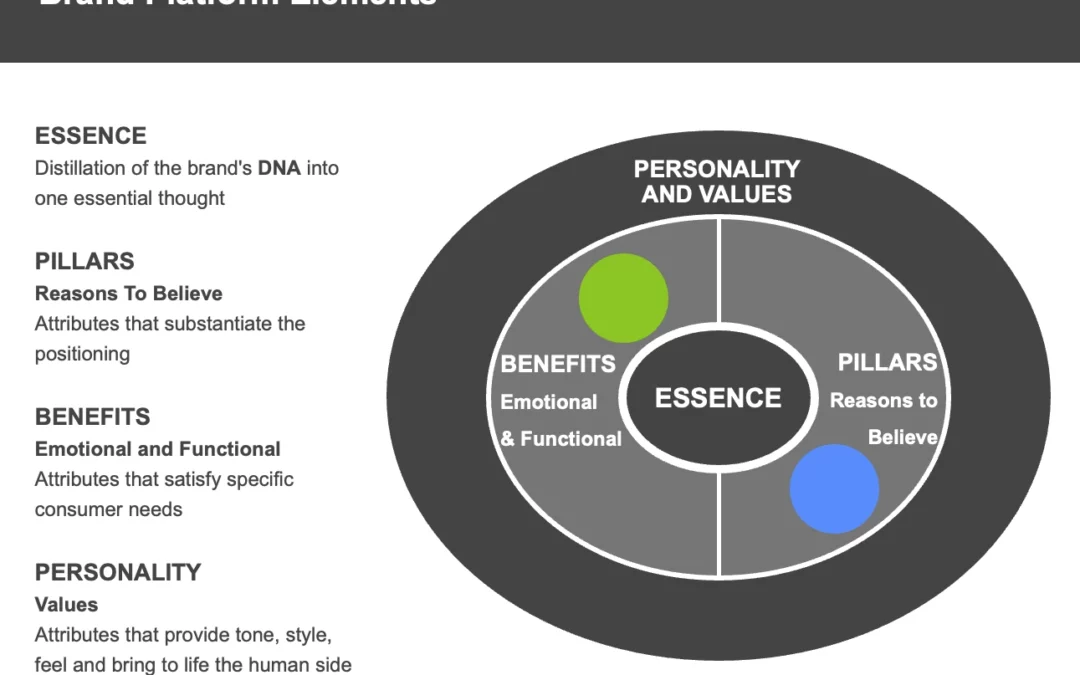If you operate a business today, there are likely many other businesses that provide the same services as you. There are numerous companies that build aircraft, even more that build automobiles, and a multitude of companies that service automobiles. The same is likely true in your market. The only way to stand out in a meaningful way in today’s crowded business landscape is to differentiate.
So, in today’s crowded marketplace, how does your customer know how you differ from the competition before they experience the unique way you service your clients? After they have experienced your service, how do they recall the great associations they have with your experience? Your “brand” is the critical factor that differentiates your business during the first experience and hopefully for many experiences in the future.
Many people mistakenly believe that their “logo” is their brand. In reality, your logo acts like a bookmark in the customers’ memory for the emotional and rational associations they have with your business. Your “brand” is the total of all those emotional and rational associations.
Unfortunately, most business owners create a logo, then allow their customers to associate any thoughts or emotions that come to mind with the brand that the logo represents. Savvy business owners control the perception of their brand by completing a “Brand Development Process.”
“Brand Development” is the process of creating the brand, much like “character development” creates the persona and personality of characters in novels or films. Brand Development results in a Brand Management Document that defines “who” the brand is, and what it can be counted on to deliver. The key elements of a Brand Management Document include:
- The Brand Essence (1 to 3 words that evoke what the brand stands for in the minds of customers)
- The Brand Benefits (3 to 5 emotional or functional benefits the brand reliably delivers to customers)
- The Brand Pillars (3 to 5 key reasons to believe the brand can be counted on to deliver the Brand Benefits)
- The Brand Values and Personality (Attributes that bring to life the tone, style, and emotions the brand delivers that gives it character)
In addition to these Brand Attributes, the brand positioning includes a color pallet that conveys the brand values and personality, and communication guidelines for the tonality of any written words used to convey the brand meaning in any branded communication (including social media posts or videos).
The Brand Management Document is an important tool for managing the operations of an organization. Employees should be hired and managed to fit with the personality and values of the brand. The Brand Essence, Benefits, Pillars, Values, and Personality should be evident in all touch points with customers and suppliers.
It is vital to involve your customers in the brand development process. One-on-one interviews and focus groups can generate a qualitative understanding of how your brand should emotionally resonate and must be done prior to any quantitative brand research. The “Brand Benefits” must be the most relevant and compelling motivations for the customer to engage in your category. The “Brand Pillars” must be convincing and substantiate to your customer your brand will deliver the benefits in a way that fits their ideal experience. The Brand Essence and Personality must deliver the emotional experience they are seeking.
Once the Brand Development process is completed, (or revisited if we are re-positioning a brand), organizations then consider if a new logo should be created, or if the existing logo conveys the new brand positioning.

